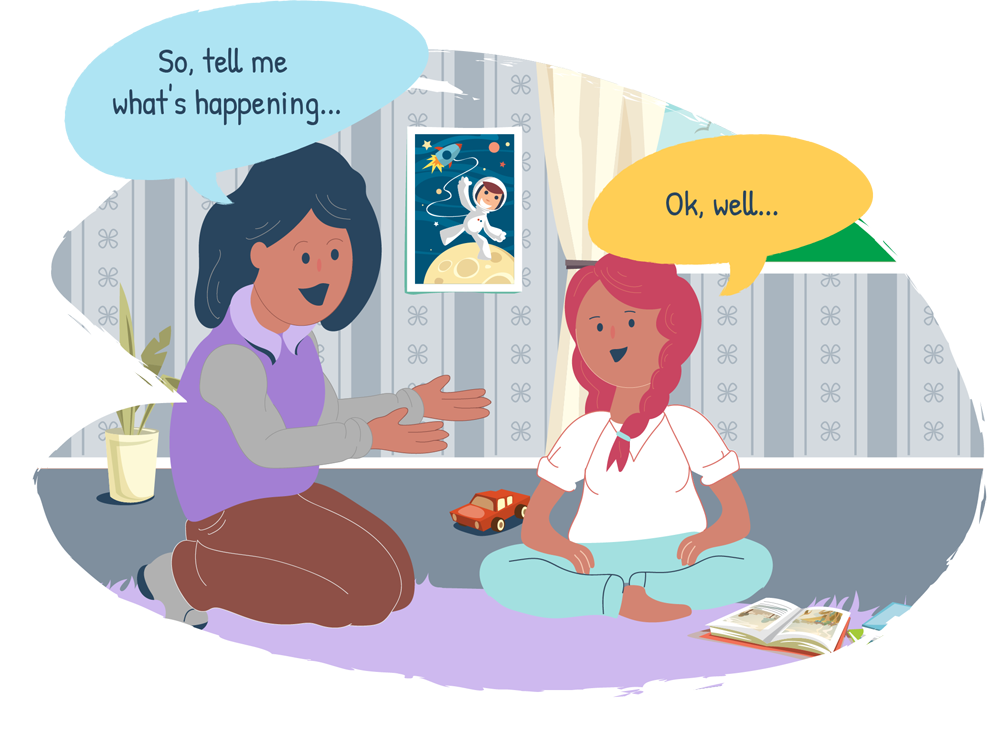Online Safety for Children: Tips for Parents in the Modern Age
In today's hyperconnected world, where digital devices are an integral part of our daily lives, ensuring the safety of children online has become a paramount concern for parents and guardians. The internet, while offering a wealth of information and opportunities for learning and growth, also harbours potential risks that can compromise children's well-being. As parents, it is our responsibility to equip our children with the knowledge and skills they need to navigate the digital landscape safely and responsibly.
The foundation of online safety lies in establishing open and honest communication with your children. Engage them in regular conversations about their online activities, fostering an environment where they feel comfortable sharing their experiences, concerns, and any encounters they find uncomfortable or upsetting.
Before handing over devices, establish clear ground rules and guidelines for online behaviour. Discuss appropriate online conduct, including respectful interactions, cyberbullying prevention, and the importance of protecting personal information. Set limits on screen time, ensuring that digital activities complement and not overshadow other aspects of their lives. [1] [2]
Understanding the Digital Landscape
Take an active interest in your child's online world. Familiarize yourself with the apps, websites, and social media platforms they frequent. Explore these platforms together, understanding their features, functionalities, and potential risks. Engage in discussions about online safety practices specific to each platform, reinforcing the importance of critical thinking and responsible online behaviour. [3] [4]
Numerous parental control tools and filtering software are available to help manage your child's online activities. While these tools can provide an additional layer of protection, they should not replace open communication and ongoing education about online safety.
Encourage your child to utilize technology responsibly. Discuss the importance of password protection, avoiding suspicious links and attachments, and protecting sensitive personal information. Emphasize the value of digital citizenship, encouraging them to be respectful, responsible, and positive online contributors. [5] [6]
Equip your children with the skills to navigate the digital world critically and discerningly. Teach them how to evaluate online information sources, identify potential biases, and recognize cyberbullying tactics. Encourage them to engage in positive online interactions, promoting empathy, respect, and responsible online behaviour. [7] [8]
Unicef: "What does it mean for children to be digitally literate?" ▶️2m44s
Establish a clear protocol for addressing online issues. Encourage your children to come to you if they encounter anything that makes them feel uncomfortable, unsafe, or threatened. Reassure them that you will handle the situation together, ensuring their safety and well-being. [9] [10]
Partner with schools and community organizations to promote online safety awareness and education. Engage in discussions with teachers, counsellors, and community leaders to understand the latest trends and challenges faced by children in the digital realm. Collaborate on initiatives that promote digital literacy, responsible online behaviour, and cyberbullying prevention. [11] [12]
Online safety is an ongoing process that requires continuous adaptation and learning. Encourage a growth mindset in your children, fostering an environment where they feel empowered to ask questions, seek guidance, and learn from their experiences.






.jpg)
